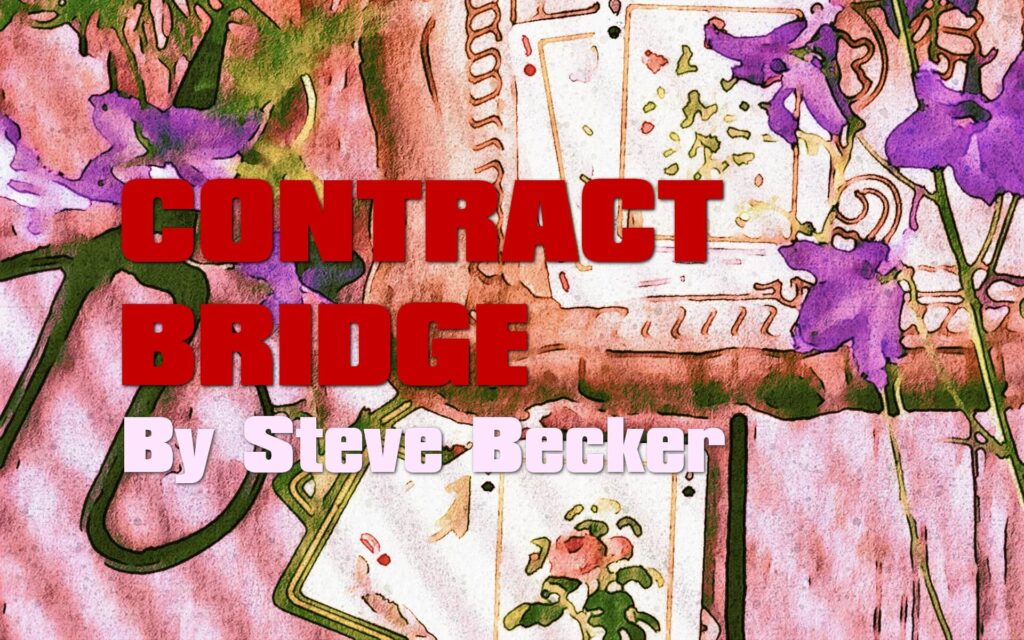South dealer.
Both sides vulnerable.
NORTH
[S] 10 6 3
[H] K 6
[D] K Q 10 9 5 2
[C] A J
WEST
[S] 5 4
[H] J 9 7 3
[D] A 8 6
[C] 9 7 6 4
EAST
[S] 9 2
[H] A Q 10 4
[D] 7 4 3
[C] K 8 5 2
SOUTH
[S] A K Q J 8 7
[H] 8 5 2
[D] J
[C] Q 10 3
The bidding:
South West North East
1 [S] Pass 2 [D] Pass
2 [S] Pass 4 [S]
Opening lead — three of hearts.
Everybody plays to win, and it is a good idea to keep this in mind during the play of a hand. So, when West leads a low heart against your four-spade contract, it is best to assume that East has the ace and adapt your play accordingly.
The reason to place East with the ace is that virtually all players have learned in one way or another that leading away from an ace against a suit contract will prove to be a losing proposition in the great majority of deals. You should therefore play the six of hearts from dummy at trick one, dismissing the unlikely possibility of West’s having the ace.
East wins the heart with the queen and cashes the ace, but he is then at a dead end. Whatever he returns, the only other trick you can lose is the ace of diamonds. You don’t lose a club trick because your clubs can eventually be discarded on dummy’s diamonds.
Now let’s suppose that you imprudently played the king of hearts from dummy at trick one. In that case, good defense would defeat you.
East takes the ace, but instead of cashing the queen, he returns a low heart! He does not have to be a genius to do this. East realizes that if you had the jack, you would have played low from dummy at trick one rather than put up the king.
West wins the heart at trick two and shifts to a club, and in the fullness of time you go down one.
(c)2022 King Features Syndicate Inc.
Advertisement - Story continues below
Request advertising info. View All.
Sponsored by Newt’s Games and Playing Cards
